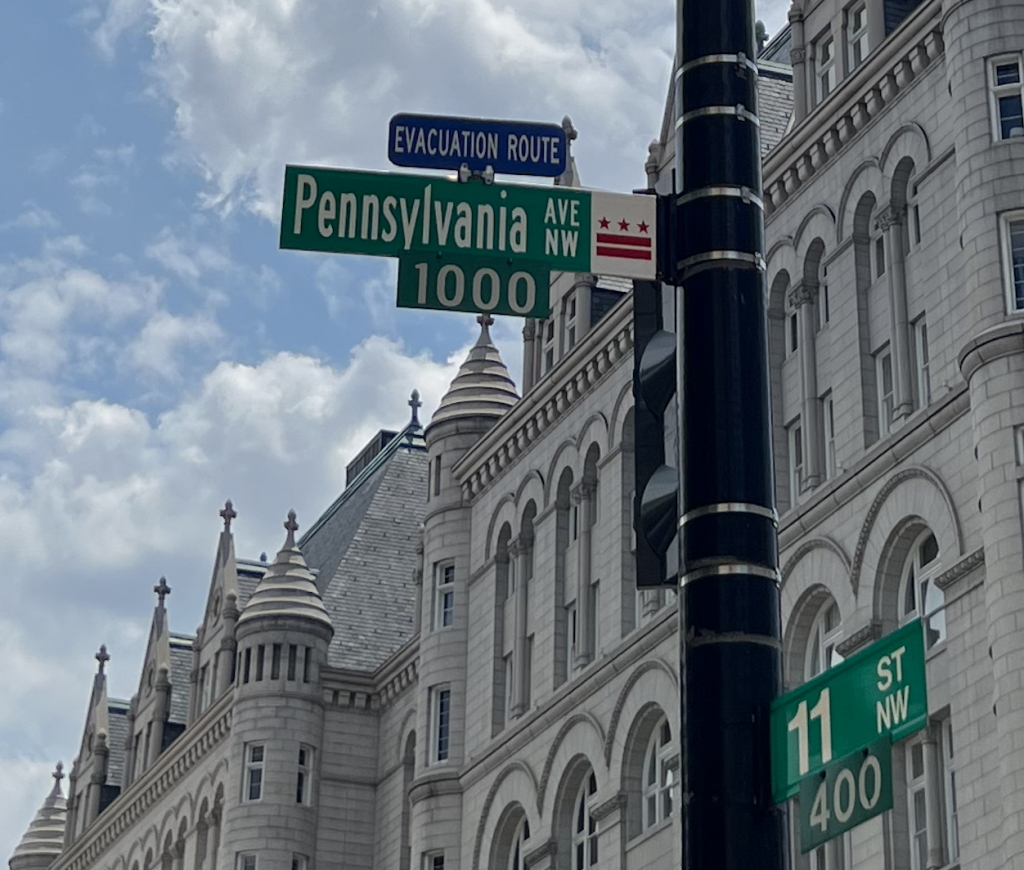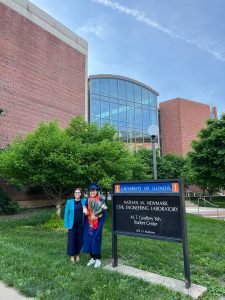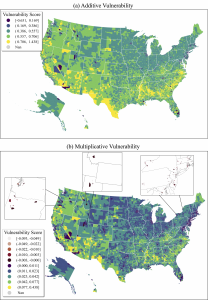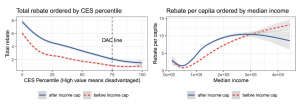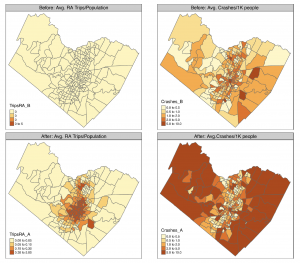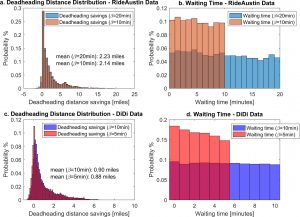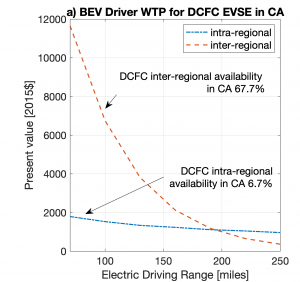📣 Multi-unit dwelling (MUD) electric vehicle charger access is a major step toward ubiquitous home charging 🏙 🚘 🔌 ⚡ ! In our new Transportation Research Part D paper, led by my PhD student Ruolin Zhang, we propose effective MUD community charging sessions management, determine the hub’s performance, and perform a technoeconomic assessment to estimate the levelized cost of charging. We showcase performance and cost trade-offs for MUD charging hubs in Chicago, IL, New York City, NY, and Los Angeles, CA, and assess the impact of alternative business models. We were very fortunate to collaborate with Yan (Joann) Zhou and Noah Horesh from Argonne National Lab for this Department of Energy Vehicle Technologies Office funded work! Find our open access paper here.
We are also excited to present the 2nd paper from our Department of Energy funded project on multi-unit dwelling electric vehicle charging! In this work, published in the Environmental Research: Infrastructure and Sustainability journal, we synthesize data from the National Household Travel Survey and the American Housing Survey and employ a cost-minimizing charging scheme to estimate electric vehicle charging demand 🔌 🔋 🚙 ⚡ in multi-unit dwellings across US Census Divisions! Please check out our research outcomes here!

